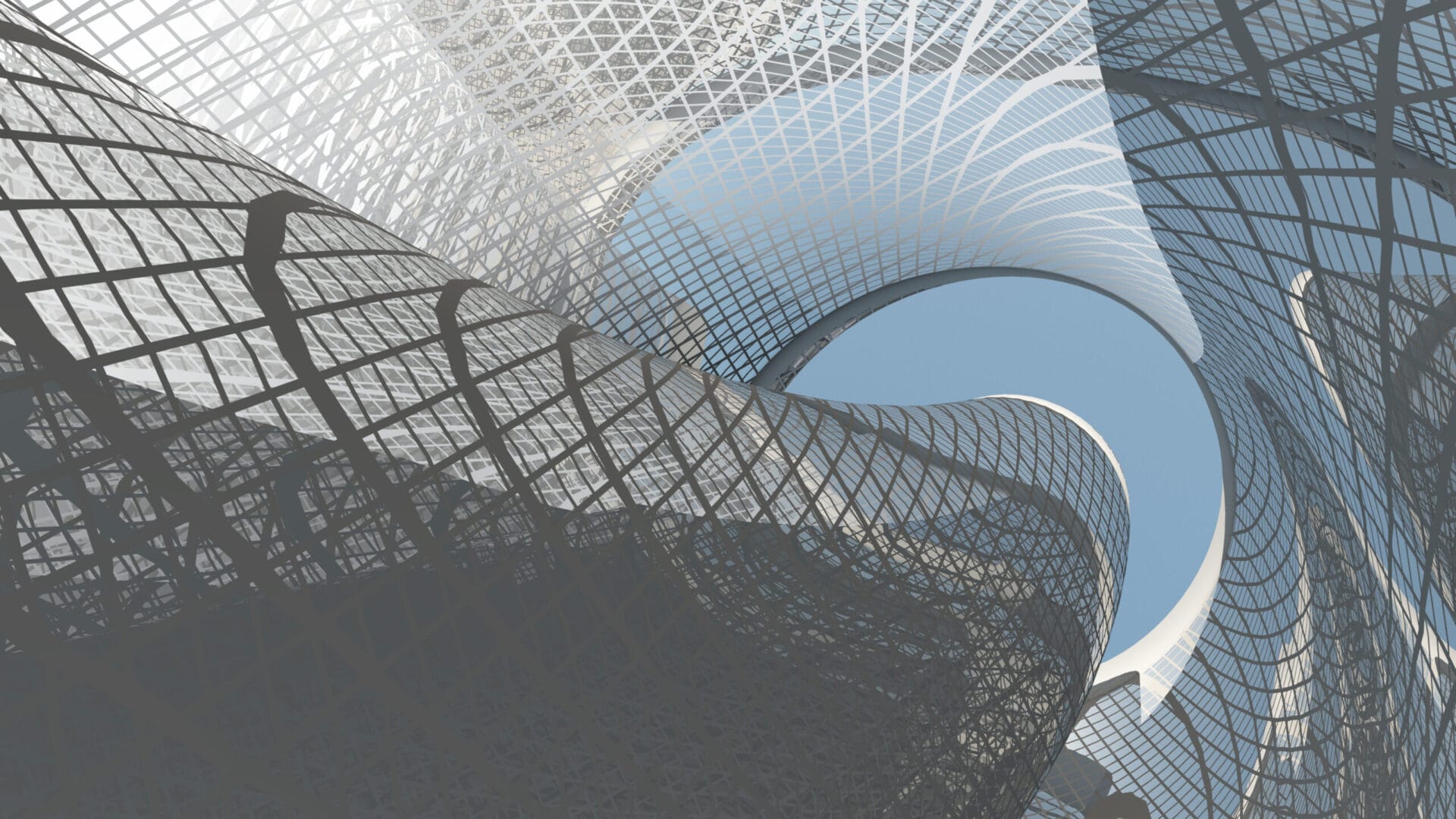HealthcareAI
The AI arms race in healthcare: Innovation without compromise
There are several key factors that healthcare organizations should consider when it comes to keeping up with the race…
Read article

10/20/2022
by Amy Goad

Last week, I had the pleasure of presenting at the Arizona HIMSS Chapter’s Annual Health Summit. This summit was exciting for several reasons. First, I was able to meet or reconnect with several thought leaders who I admire in the healthcare space. These individuals are approaching our biggest challenges with innovation and grit, and it’s inspiring to hear about the work they do. Second, so many of the conversations I had focused on the need to turn our ideas into meaningful, measurable action for the health systems we all work with. The focus on thoughtfully implementing change resonated with me and made me so excited to return next year to hear about all the progress that has been made.
Here are a few of the key takeaways from my Annual Health Summit presentation about building both customer and patient loyalty.
There’s been an ongoing discussion in healthcare about whether to refer to the people receiving health services as “customers” or “patients.” I believe they should be referred to as both. There are times when a person receiving a service functions more as a customer, and there are times when that same person functions as a patient. The key to building long-term loyalty for a health system is to focus on investing in distinct, but equally important, customer and patient experiences.
Think about the last time you scheduled an appointment or service— a haircut, curbside grocery pickup, or an oil change for your car. Did you like the scheduling process? Did you have the option to book through a phone call, a website, or a mobile app? Did the convenience, or inconvenience, influence your decision to work with the same company again?
We schedule things constantly. Because of this, we’re informed customers when it comes to scheduling processes, tools, and technology. The same can be said for bill pay or, to a lesser extent, insurance claims.
Our knowledge as informed consumers doesn’t go away just because we enter the healthcare space. We want—and expect—certain processes to function in a seamless, customer-friendly way. When scheduling a doctor’s appointment takes several phone calls and can only be completed during clinic hours, the customer experience suffers. Conversely, when an individual can schedule that appointment in under a minute using a mobile app at any time, the customer experience is able to foster long-term loyalty.
Building patient loyalty looks different. To illustrate the patient experience, I think of the ongoing care needed for something like a pregnancy or a chronic health issue. I also think of something that requires an immediate response, like a broken leg or an infection. Unlike the more predictable and transactional customer experiences, these patient experiences are variable, vulnerable, and require a quality of care. Additionally, there’s a knowledge gap between the healthcare provider and the patient.
 When we are functioning as a patient, our experience is dependent on how we’re treated in the exam room and how much trust we have in the provider to act in our best interests. In the short-term, this doesn’t necessarily translate to health system loyalty, as patients aren’t likely to shop around for different emergency room doctors minutes after breaking a leg. However, when healthcare providers deliver exceptional care to their patients when they’re vulnerable, they earn the patient’s trust to treat them in the future for more routine, preventive, and elective procedures.
When we are functioning as a patient, our experience is dependent on how we’re treated in the exam room and how much trust we have in the provider to act in our best interests. In the short-term, this doesn’t necessarily translate to health system loyalty, as patients aren’t likely to shop around for different emergency room doctors minutes after breaking a leg. However, when healthcare providers deliver exceptional care to their patients when they’re vulnerable, they earn the patient’s trust to treat them in the future for more routine, preventive, and elective procedures.
Realistically, we will all play the role of both a customer and a patient at different stages of our healthcare journey. There will be times when our need for care is the top priority, and there will be times when we are more likely to be influenced by cost or convenience. Health systems need to understand the difference between these mindsets and then make the investments to ensure that both the customer and patient experiences are as positive as possible.
Healthcare providers should start by asking themselves the following questions:
If a health provider can deliver exceptional care in the exam room and commit to easy scheduling and bill pay, then they are appealing to both dimensions of an individual’s healthcare experience. This translates into loyalty that can last a lifetime.
Most healthcare systems have the opportunity to improve both their customer- and patient-focused services. However, effective improvement is only possible through thoughtful implementation, governance, and organizational structure. Not sure where to start? We do. Contact our consultants today.
Business insights
HealthcareAI
There are several key factors that healthcare organizations should consider when it comes to keeping up with the race…
Read article

Healthcare
While private equity investment in healthcare is valuable, providers should familiarize themselves with alternative…
Read article

HealthcareOptimize Technology
Advancements in health tech have allowed both patients and clinicians to experience the benefits of digital…
Read article
